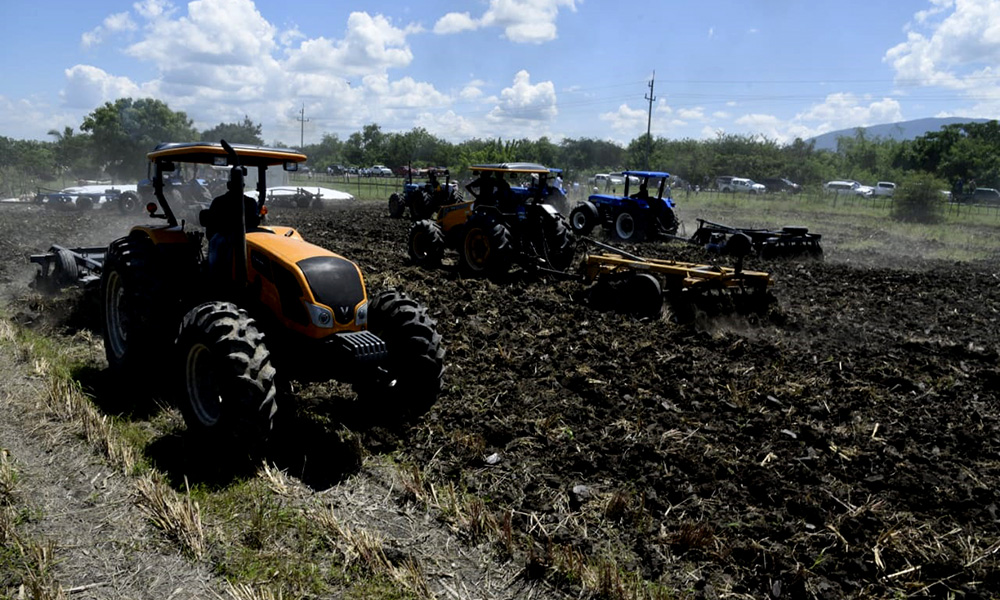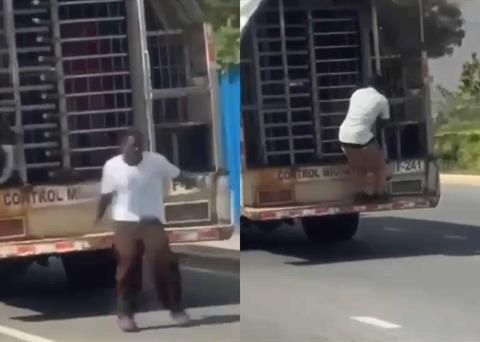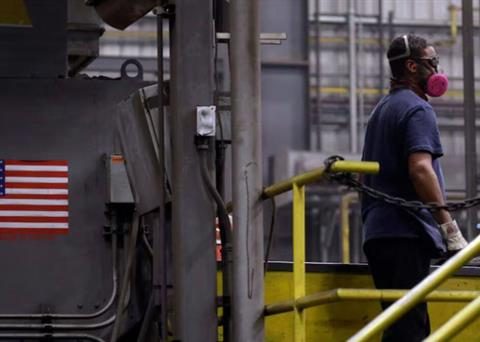A present problem in agriculture, which deserves improvements, has to do with the little access or lack of knowledge that producers have about the existence of the Dominican Agricultural Insurer (Agrodosa), a company that is there to cover losses to the producer in the face of unexpected events. .
It is an element –although not the only one- that stands out in different studies carried out in the Dominican Republic, especially because of how closed the institution seems to be in terms of outreach and outreach, including with the productive sector itself.
This has been verified by the newspaper elCaribe, which has been trying for nine months to obtain information about the work that is being done there and in search of knowing the scope of action of agricultural insurance in the Dominican Republic. The efforts, by various means, have not borne fruit.
“Many producers do not know what Agrodosa is in the country,” say musaceae (banana and banana) growers cited in surveys carried out, including Juan Encarnación, from the Sánchez Ramírez province.
In addition, when agricultural problems are generally addressed, changes in the country’s weather patterns are listed, presenting increasingly extreme and extensive periods of drought; as well as floods and the aspect of the market, which, although it is receiving attention, deserves reinforcement.
In the Dominican Republic, five provinces concentrate 29% of the livestock production units. These are Monte Plata with 10,422 units (9%); San Juan with 6,947, that is, 6%; Monte Cristi (4.9%), Santiago Rodríguez with 5.4% and Dajabón, with 4,706 units equivalent to 4.1%. This, based on data from the 2015 National Agricultural Survey, prepared and presented by the National Statistics Office and the Ministry of Agriculture, under the auspices of the United Nations Food and Agriculture Organization (FAO) and the European Union.
The provinces of La Romana and Pedernales represent less than 1% of the total livestock production units. Of the total units that carry out livestock activity, 47 thousand 916 units are dedicated mainly to raising cattle, included in the group of animals known as large ruminants, which represent 41.5% of the total livestock production units.
Bird flight and the IDB
The categories of poultry and swine or pig farming rank second and third with proportions of 2.7% and 17.5%, respectively.
The survey reflected that the raising of fish and shrimp, which in recent years has been booming in the country, registered some 13,043 productive units that are mainly dedicated to this activity, occupying fourth place with 11.3% of the total productive units. dedicated to livestock activities.
Among the most reported fish farming in these categories are tilapia, shrimp, among others. 7% of the livestock production units that are dedicated to raising small ruminants, equines, insects and other animals, bring together less than 9 thousand production units.
What has been happening with the covid-d-19 pandemic has had and will have effects on the development of the agri-food sector and on the world’s value chains and on international trade, experts in the field and international organizations such as the Inter-American Development Bank (IDB).
They live in rural areas, but work on urban issues
Various investigations and literature reviewed for this writing suggest that in recent times the social map of rural areas has been modified. An element that has been taking place and that calls for analysis is that the majority of the population that resides in rural areas develops activities not related to agriculture, but of an urban nature, mainly informal services.
It also cites the degree of marginality and poverty that exists due to the lack of a territorial policy that allows better use of natural resources, improves the market and land tenure, which helps to design public policies that guarantee the sustainability of agricultural activities.
“The paradox of the covid crisis, with its lockdowns and disruptions to production, is that, despite having enormous adverse repercussions on trade, it has also provided new opportunities for Latin America and the Caribbean to increase their participation in the chains global values,” explains the IDB.
He points this out in the study “How to promote value chains in a world affected by the pandemic”. And he makes it clear that the health crisis can also be an opportunity to grow.
















